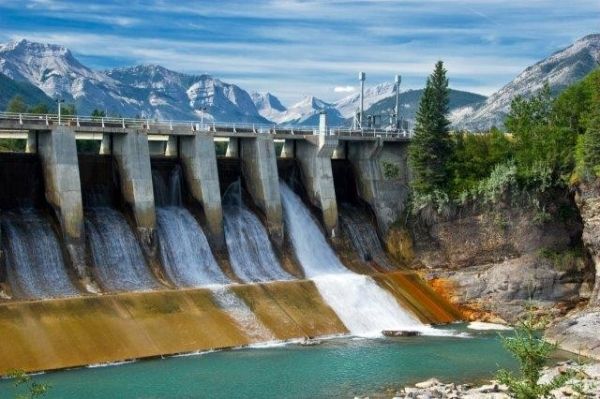Hydropower is broadly considered to be much more environmentally friendly than electricity generated from fossil fuels, and in many cases this is true. However, a new study reveals that the climate impact of hydropower facilities varies widely throughout the world and over time, with some facilities emitting more greenhouse gases than those burning fossil fuels. The researchers report their results in ACS’ journal Environmental Science & Technology.
Currently, hydropower contributes two-thirds of the electricity generated from renewable sources worldwide, according to the International Energy Association, with thousands of new hydroelectric facilities either planned or under construction across the globe. This popularity stems partly from the perception that hydropower is an environmentally friendly alternative to fossil fuels. It is commonly thought that the greenhouse gas emissions from hydropower plants are similar to those of wind-generated power facilities. However, most studies of hydropower’s climate impact have neglected certain factors, such as changes in carbon dioxide emissions that occur when natural landscapes are flooded to create reservoirs for hydropower plants, as well as the near-term warming from associated methane emissions. Ilissa Ocko and Steven Hamburg wanted to conduct a more comprehensive analysis of the climate impacts of hydropower facilities over time.
Continue reading at American Chemical Society
Image via American Chemical Society


